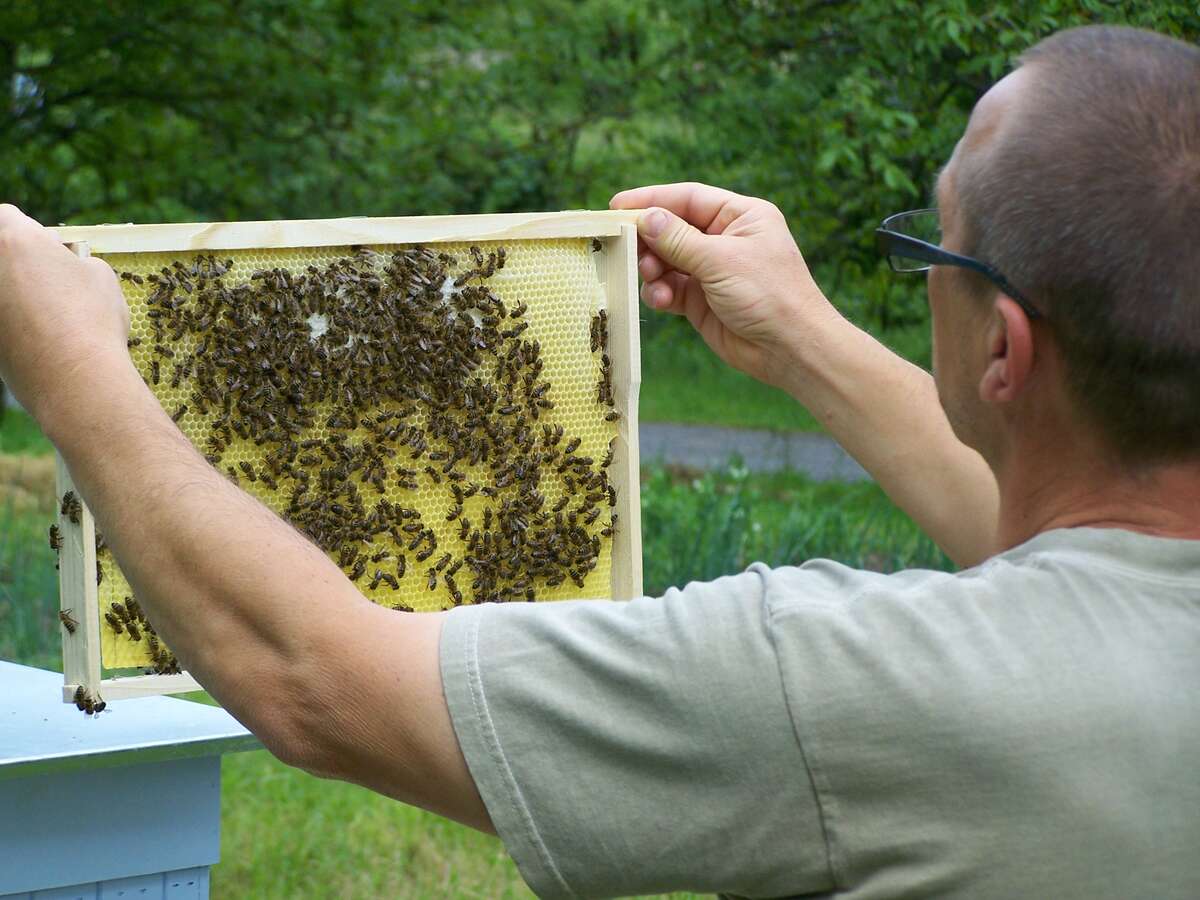Challenges Facing Bees and Beekeeping
Various kinds of threats
Despite their resilience, bees face numerous threats in the modern world—an array of challenges so pervasive that they jeopardize the future of not only bee populations but also the ecosystems and agricultural systems that depend on them. Chief among these threats are pesticides, particularly a class known as neonicotinoids. These chemicals, widely used in industrial farming, interfere with bees' central nervous systems, impairing their ability to forage, navigate, and communicate. Colony Collapse Disorder (CCD), a phenomenon where worker bees abruptly abandon the hive, leaving behind a queen and immature bees, has been strongly linked to neonicotinoids. The sudden, inexplicable silence of an empty hive is a haunting reminder of the fragile balance that bees maintain within ecosystems.
Agriculture
Habitat destruction compounds these issues, as urbanization and intensive agricultural practices continue to erase the meadows, woodlands, and wildflower patches that bees rely on for sustenance and shelter. In regions dominated by monoculture farming, bees often face “food deserts,” where a lack of plant diversity leaves them with insufficient forage throughout the year. The scarcity of native plants and nesting sites forces bees to expend more energy searching for resources, weakening their colonies over time.
Climate change adds yet another layer of complexity. Erratic weather patterns disrupt flowering cycles, creating mismatches between when plants bloom and when bees are active. Unseasonably warm winters or sudden cold snaps can confuse bees, causing premature activity or unexpected dormancy, both of which deplete the colony’s energy reserves. Extended droughts reduce the availability of nectar, while increasingly frequent storms can destroy hives and their surrounding habitats. These environmental shifts destabilize the delicate harmony that bees have evolved to thrive within, leaving colonies more vulnerable to other stressors.
Parasites
For beekeepers, one of the most persistent and devastating challenges is the Varroa destructor mite. These parasites latch onto bees, feeding on their bodily fluids and transmitting deadly viruses in the process. A single mite infestation can spread rapidly within a hive, leading to deformities, weakened immune systems, and ultimately colony collapse. Combating Varroa mites requires constant vigilance and innovative strategies, as the mites have developed resistance to many traditional treatments. Integrated pest management—a combination of physical, chemical, and biological controls—has become a vital tool in the beekeeper’s arsenal, though it requires both expertise and relentless dedication.
In addition to Varroa mites, beekeepers must also contend with other pests, such as small hive beetles and wax moths, which can destroy comb and honey stores. Diseases like American foulbrood and Nosema further threaten hive health, spreading through spores that can persist in equipment for years. Each of these challenges demands not only technical knowledge but also a deep understanding of bee behavior and ecology. Beekeepers must act as scientists, constantly observing, diagnosing, and adjusting their practices to ensure the wellbeing of their hives.
Personal approach
For me, these challenges are more than abstract problems; they are daily realities that test both my resolve and my resourcefulness. Watching a hive struggle—or worse, succumb—to disease or environmental stress is a profoundly emotional experience. Bees are not just livestock or tools for honey production; they are partners in a delicate dance with nature. Their struggles feel personal, and their losses weigh heavily on my heart. Yet these moments also ignite my determination. Each setback pushes me to learn more, adapt my methods, and strive to create conditions where my bees can thrive. Over the years, I have sought advice from fellow beekeepers, attended workshops, and experimented with new techniques, always seeking to improve my understanding of what it takes to protect these remarkable creatures.

One of the most valuable lessons I’ve learned is the importance of building resilience—not just within individual hives but within the broader environment that supports them. Creating pollinator-friendly landscapes is a vital step. By planting diverse, pesticide-free gardens filled with native flowers, trees, and shrubs, we can provide bees with the resources they need to flourish. Encouraging farmers to adopt sustainable practices, such as crop rotation and the use of natural pest controls, can also mitigate the harms of industrial agriculture. Communities can advocate for policies that restrict the use of harmful chemicals, support habitat restoration projects, and educate others about the critical role bees play in food production and biodiversity.
Public awareness
Public awareness has become a powerful ally in the fight to protect bees. Campaigns like “Save the Bees” have inspired individuals and organizations around the world to take action, whether by planting wildflower seeds, building bee hotels, or lobbying for systemic change. Schools, community groups, and even corporations are recognizing the value of pollinators, creating initiatives to support their survival. Each effort, no matter how small, contributes to a larger movement—a shared commitment to safeguarding these essential creatures.
The responsibility of protecting bees extends far beyond beekeepers. It is a collective challenge that requires collaboration across all levels of society. Bees are not just vital to ecosystems; they are vital to human survival. Their pollination services ensure the availability of fruits, vegetables, nuts, and seeds, sustaining diets and economies alike. But their importance goes deeper than practical considerations. Bees are symbols of nature’s interconnectedness, reminders that the health of one species affects the health of all.
In the face of these challenges, I am constantly inspired by the resilience of bees and the community of people working to protect them. Every time I see a hive humming with life or witness a field in full bloom, I am reminded of what is at stake—and what is possible. Beekeeping is not just about harvesting honey; it is about nurturing life, preserving balance, and contributing to a legacy of stewardship that will endure for generations. By protecting bees, we protect the intricate web of life that sustains us all.